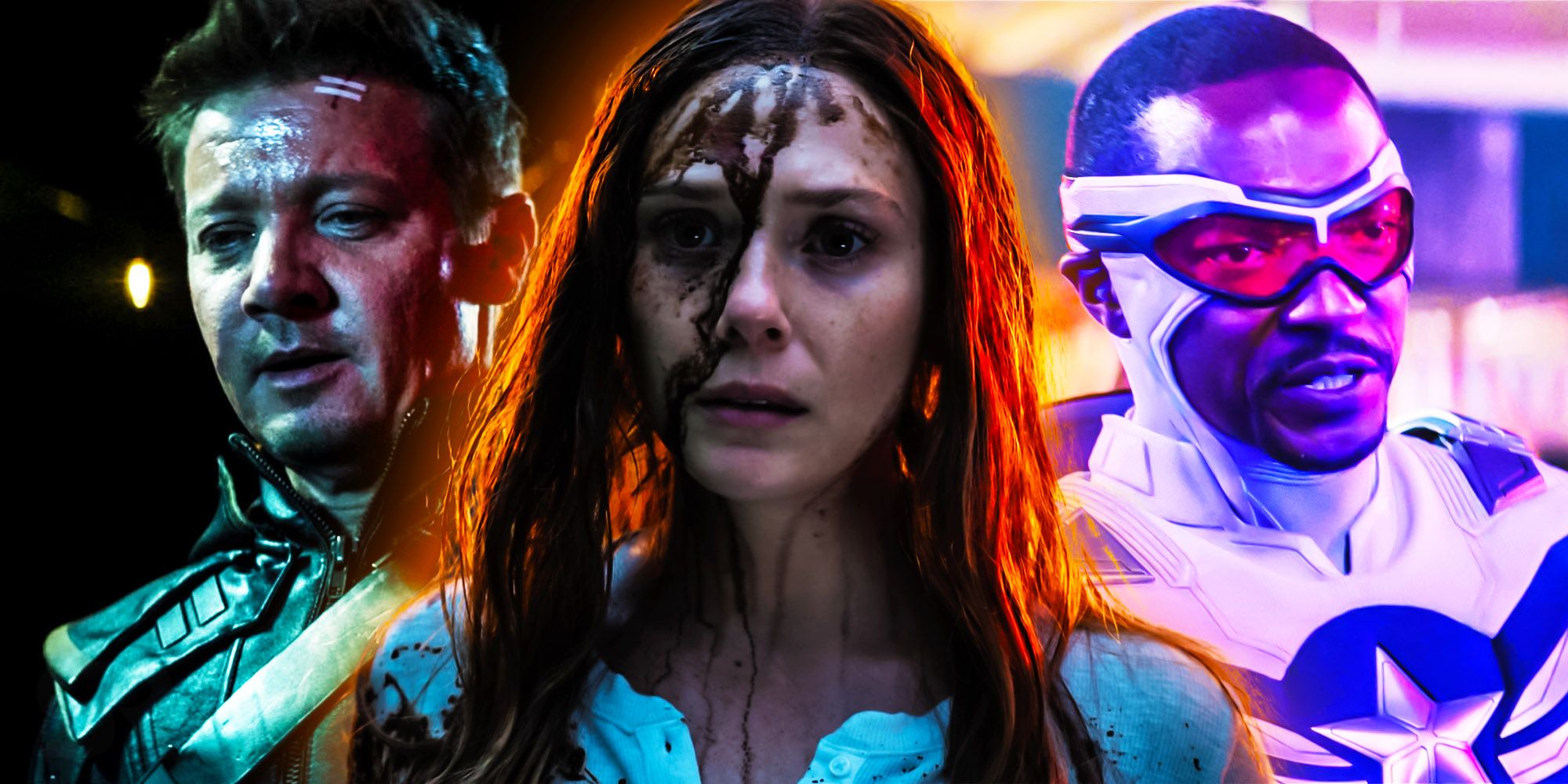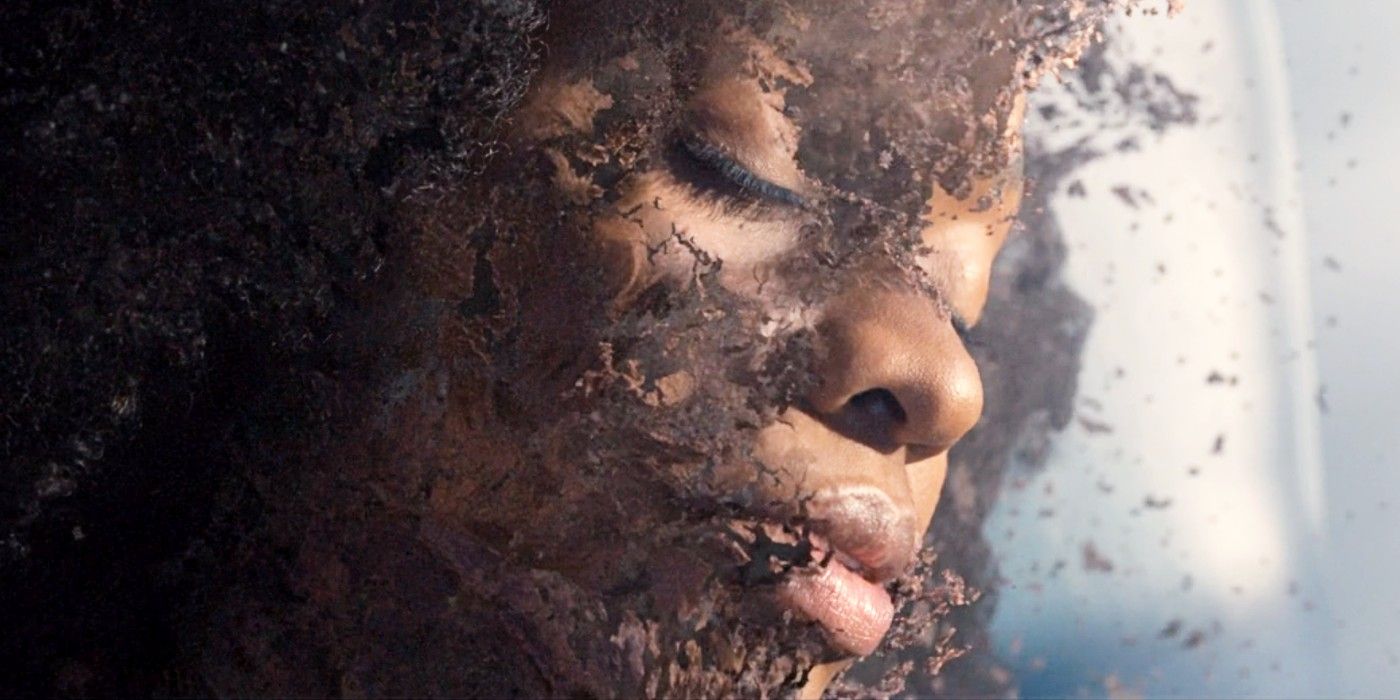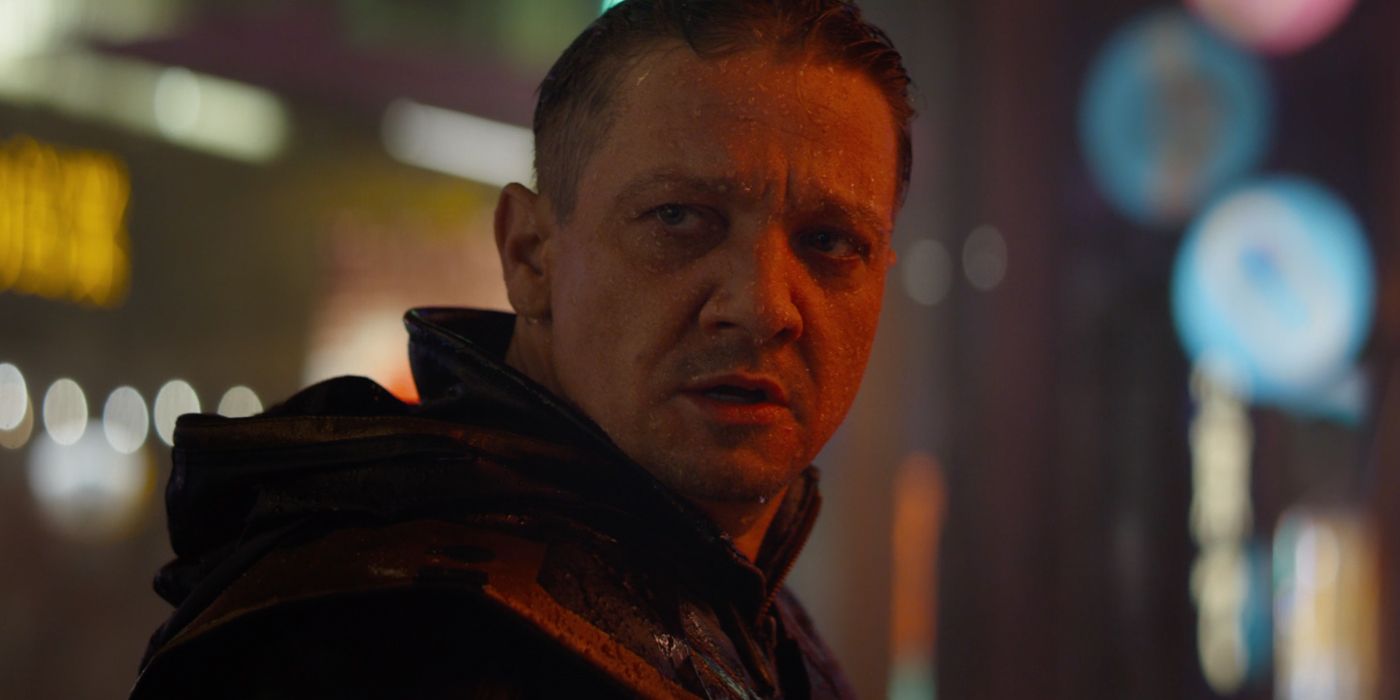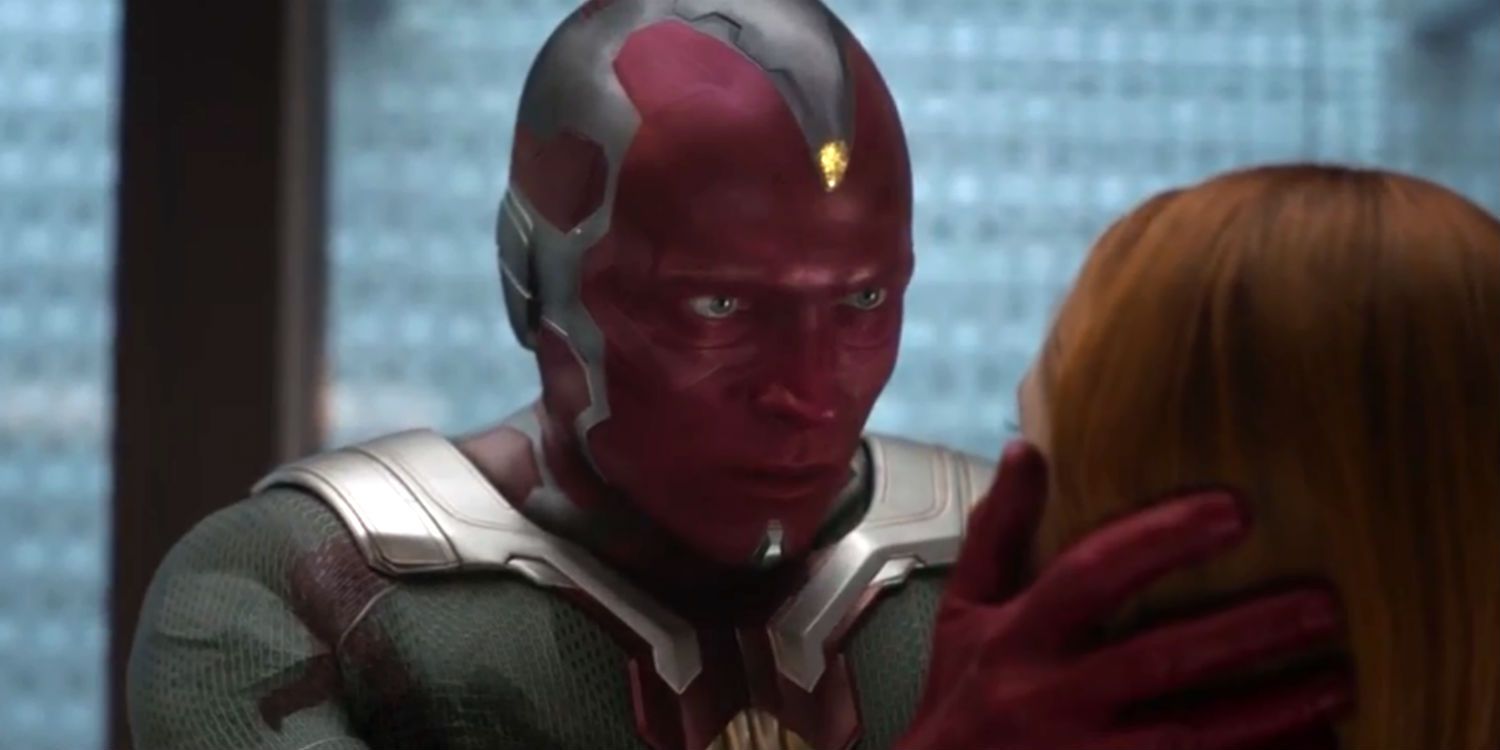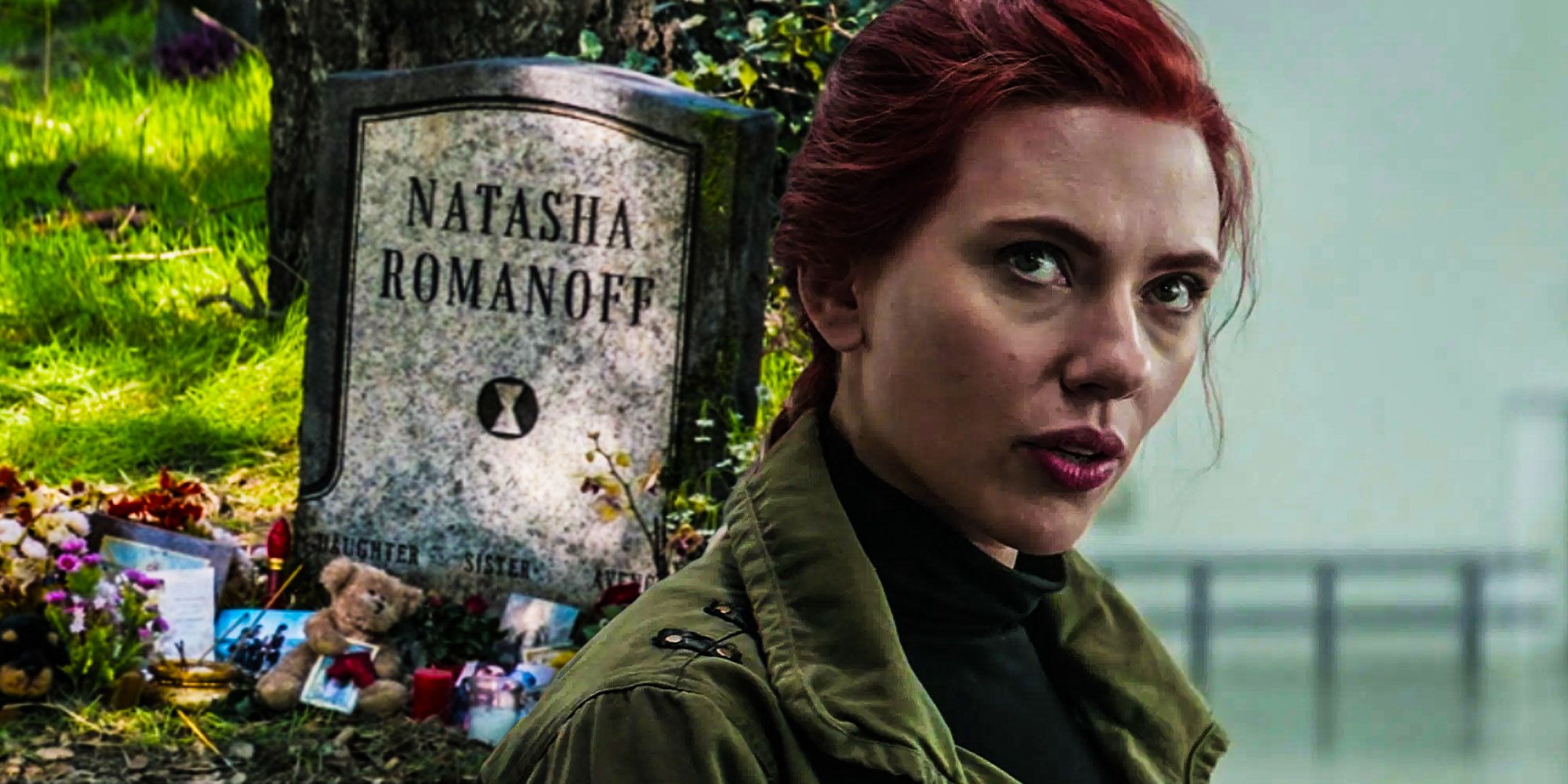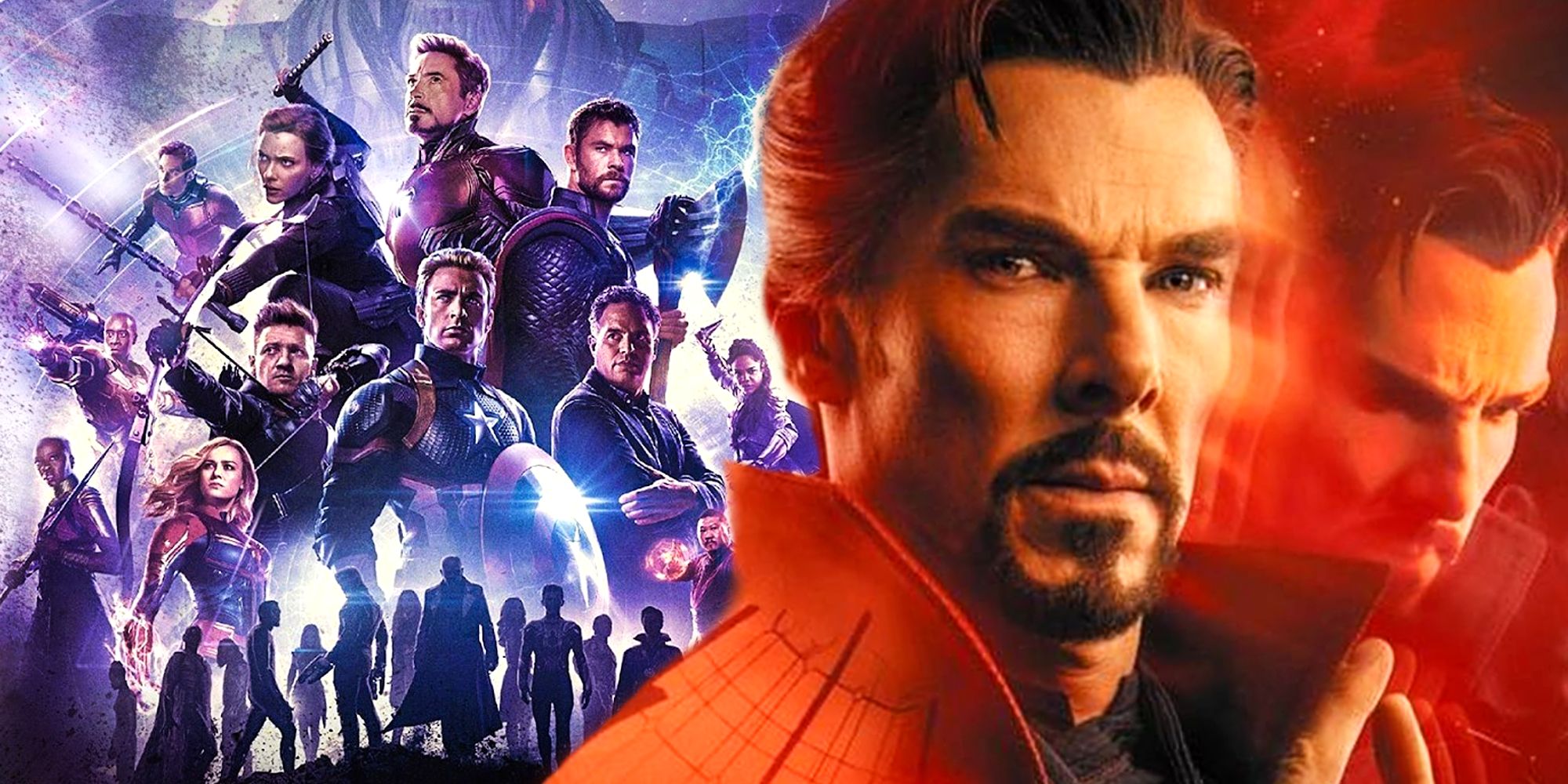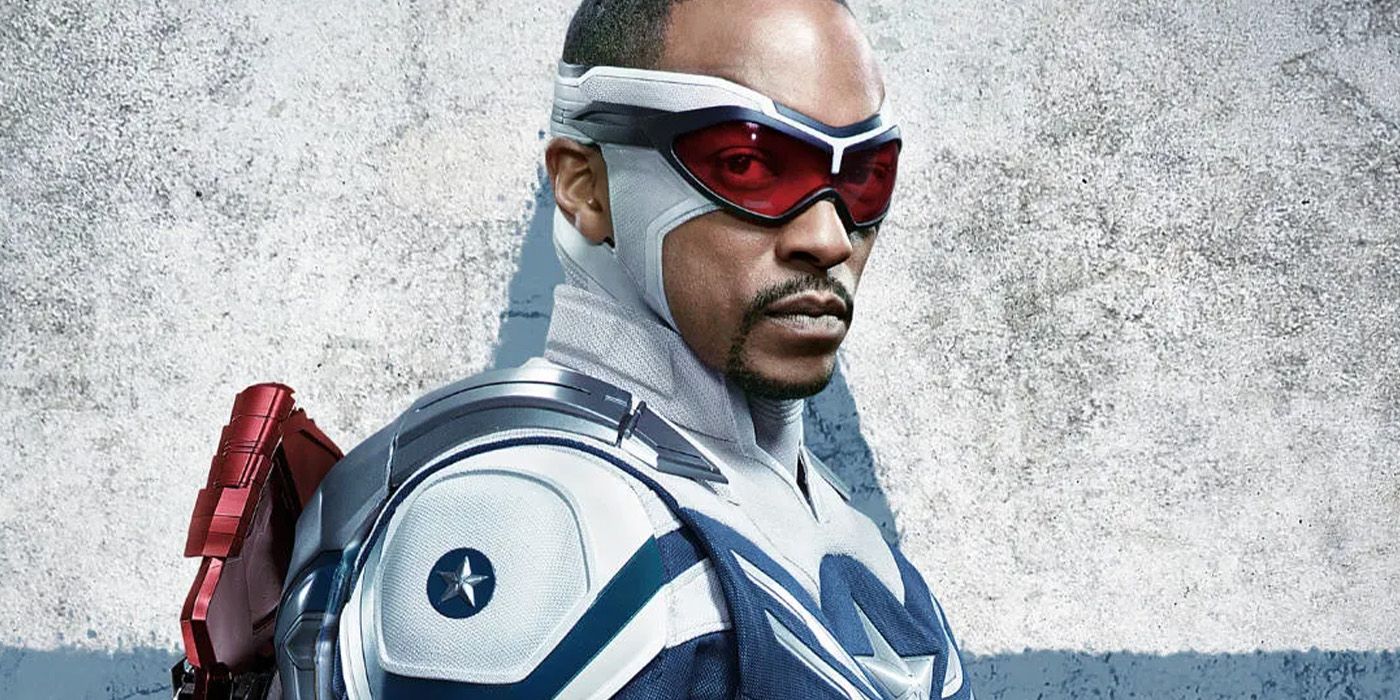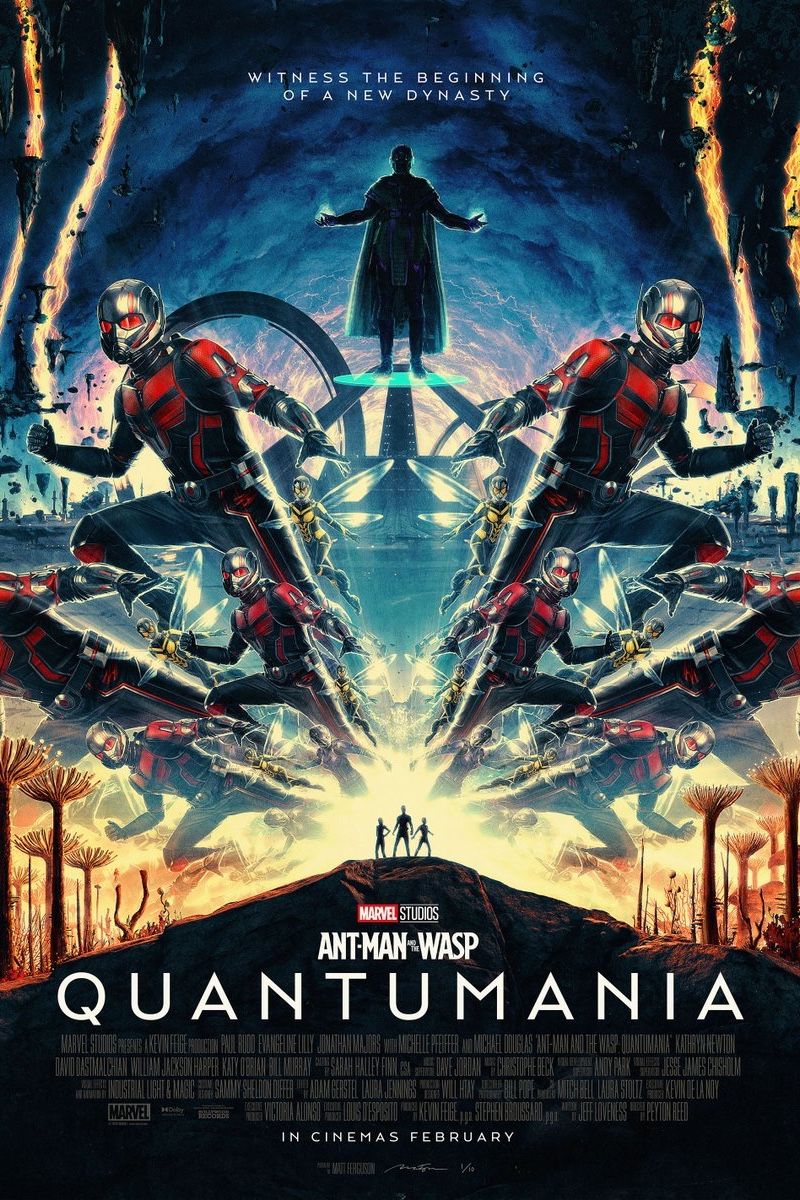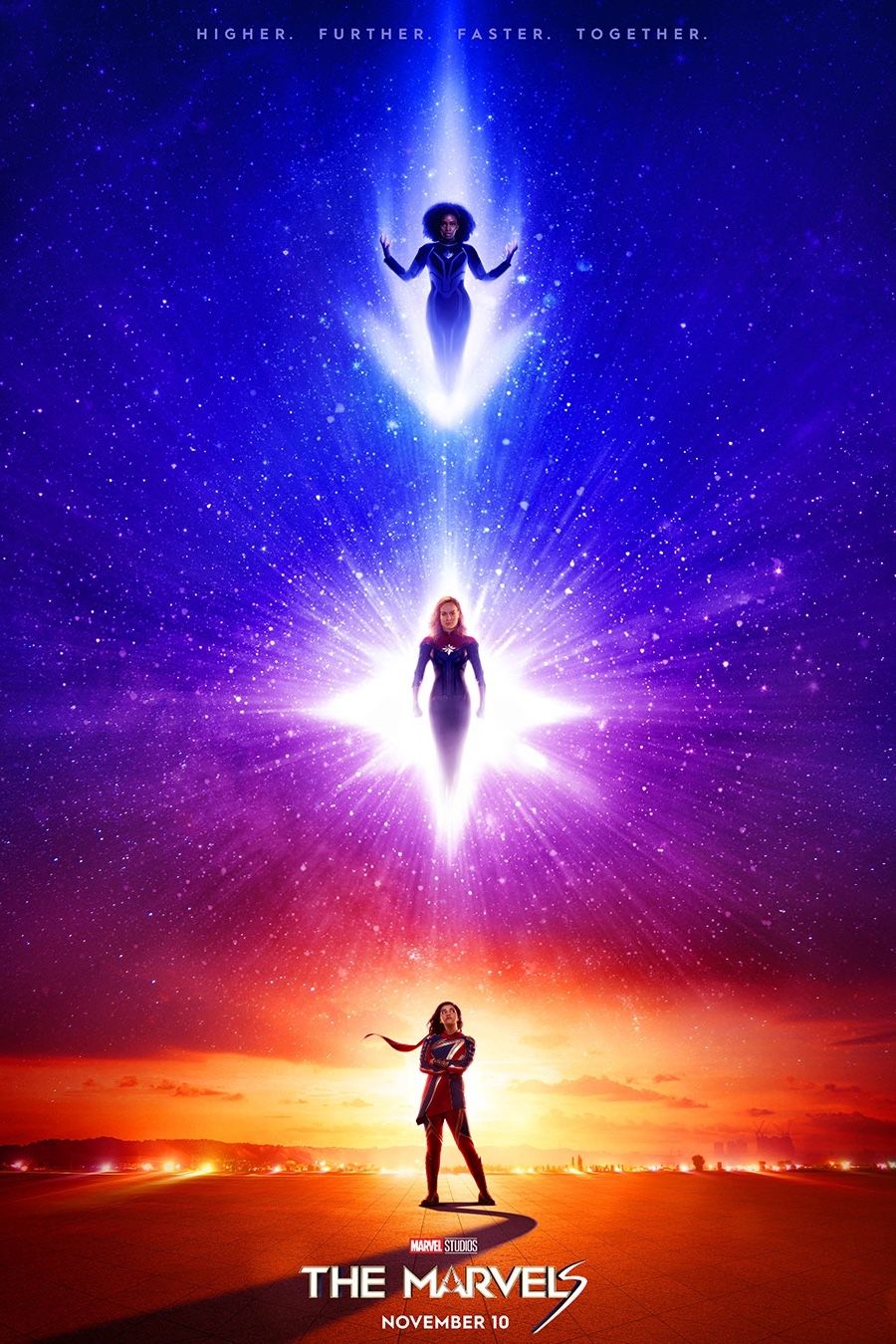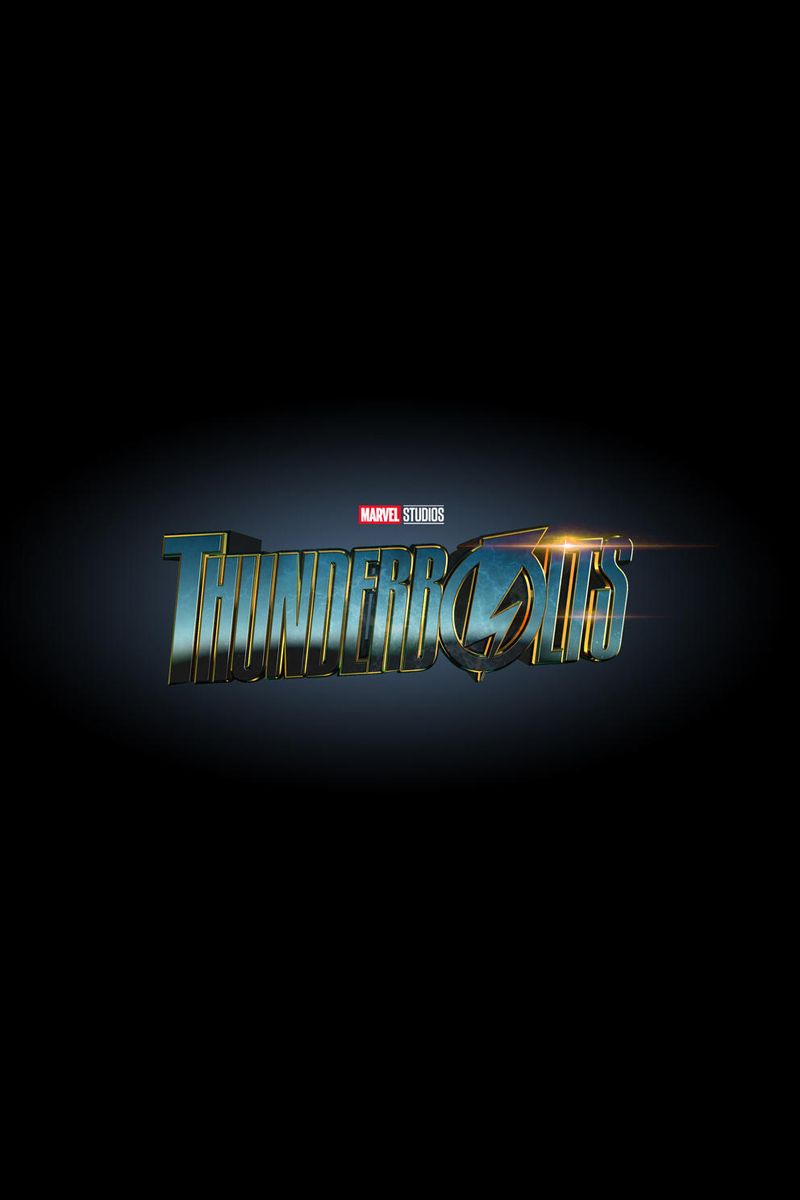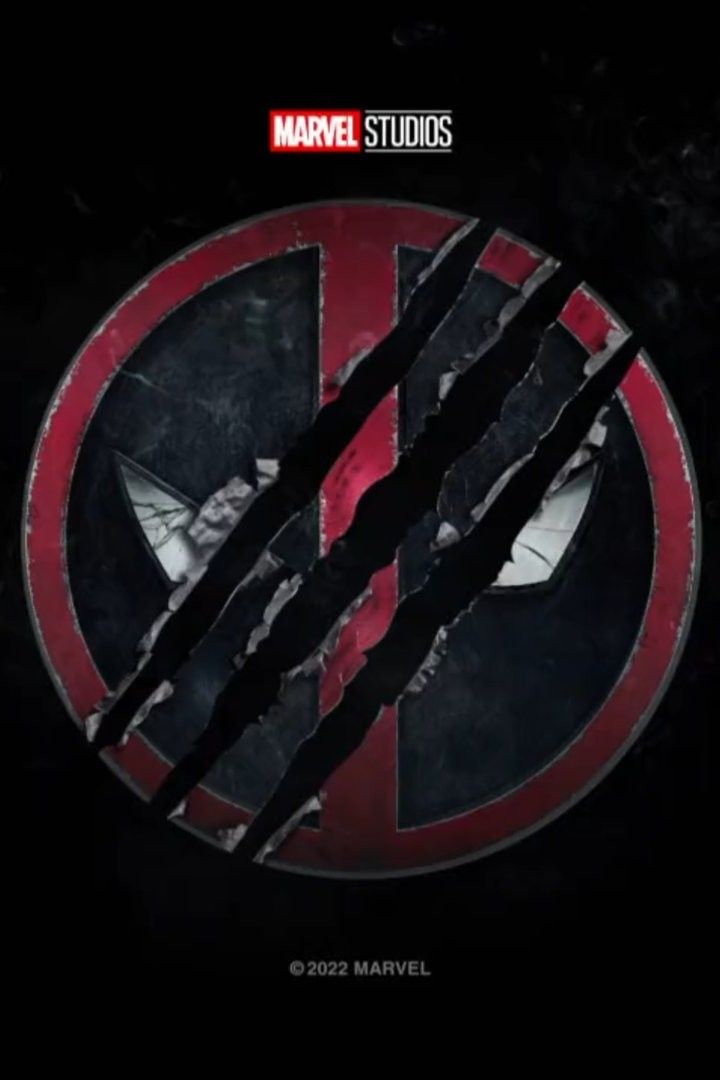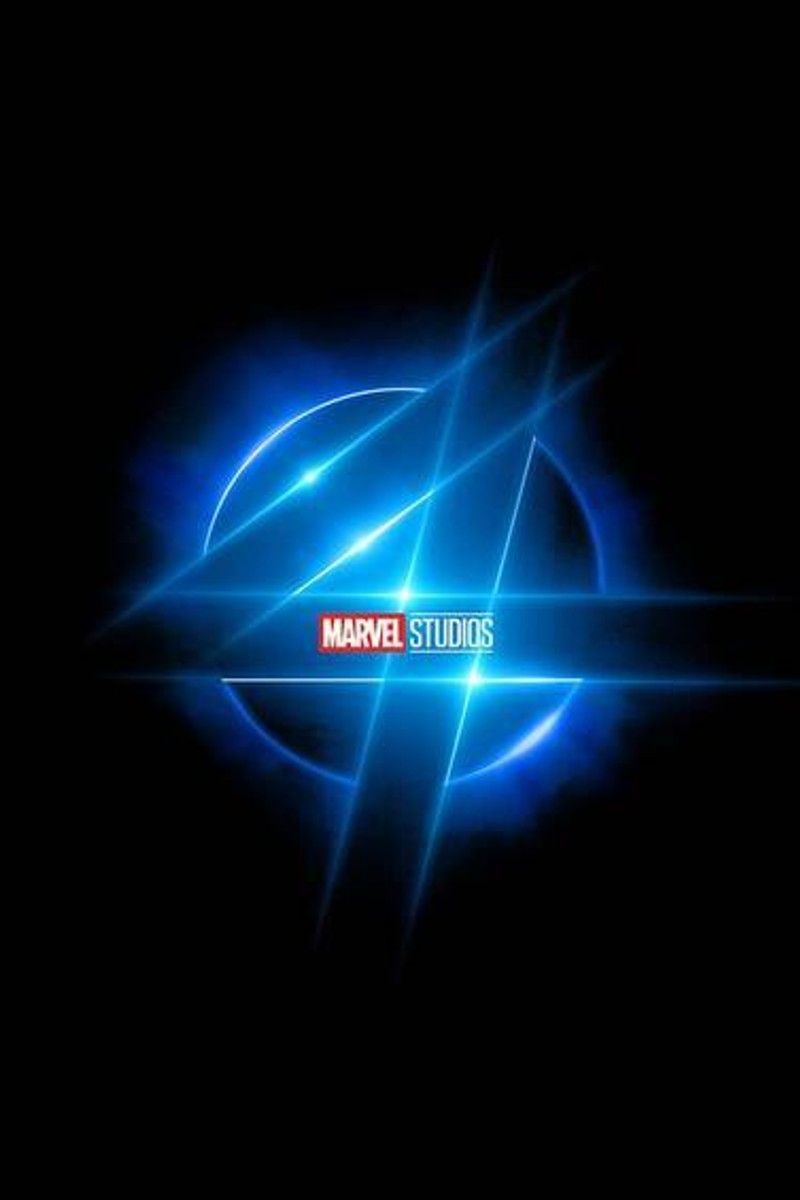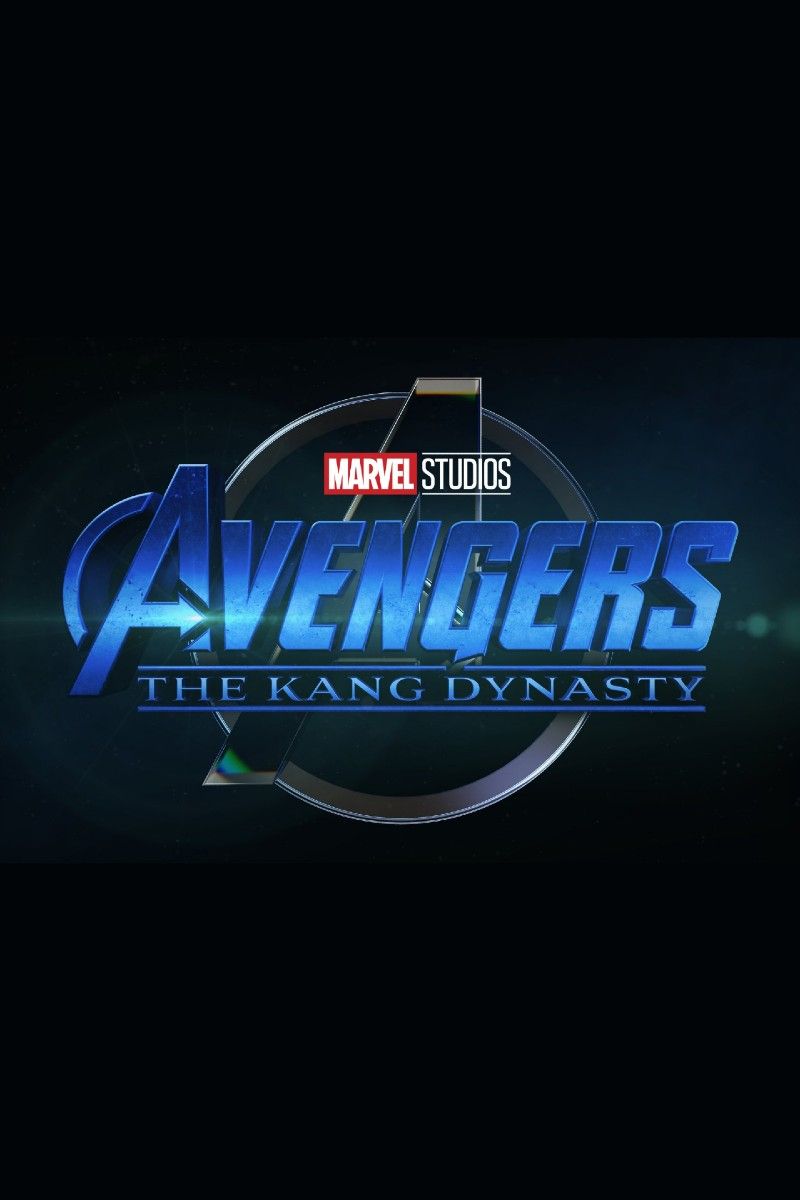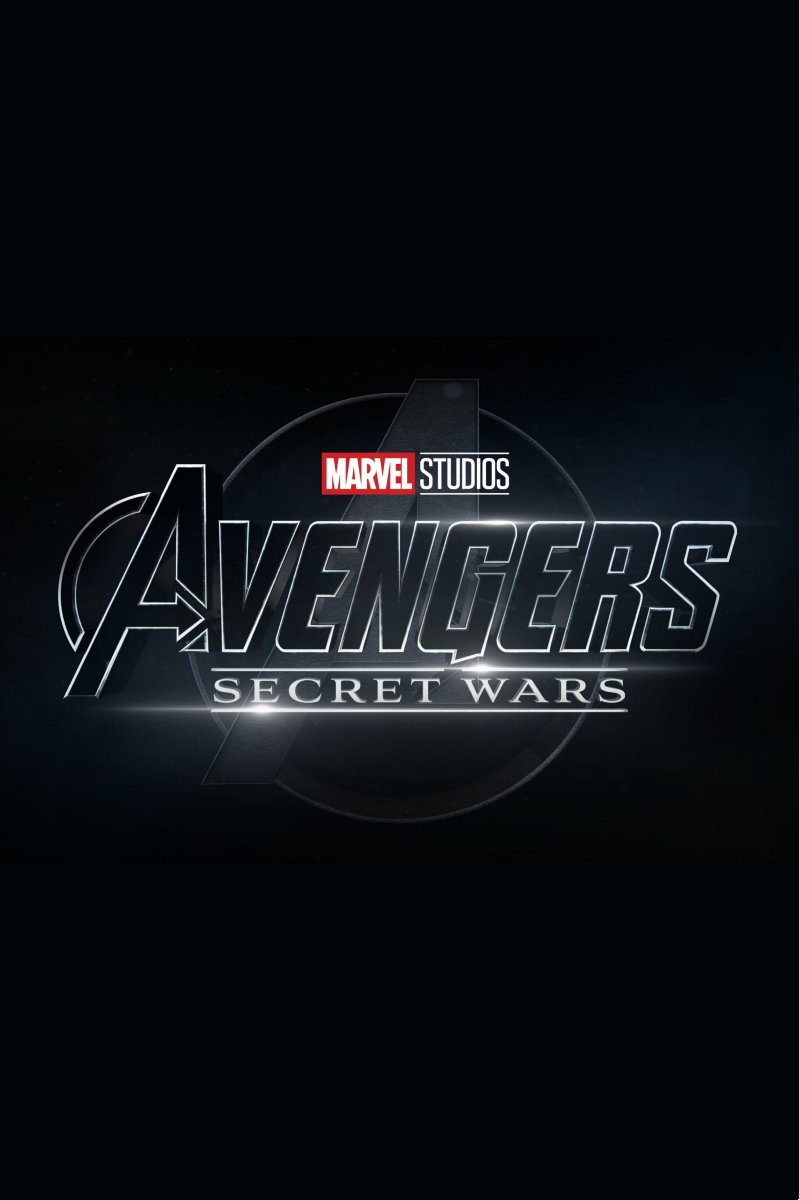Phase 4 of the Marvel Cinematic Universe has seriously improved Avengers: Infinity War and Avengers: Endgame. The MCU's Infinity Saga came to an explosive climax, centered upon two blockbuster Avengers movies. These somehow pulled off an impossible feat, picking up countless plot elements from the last decade of Marvel movies and weaving them into a single overarching narrative. Earth's Mightiest Heroes triumphed against all the odds, defeating Thanos and his armies through time travel.
As satisfying as Avengers: Infinity War and Avengers: Endgame may have been, though, they weren't perfect. Avengers: Endgame in particular had many plot holes, in large part because the script had to do so much. There were too many characters, too many concepts in play, and a five-year time jump to navigate; it was simply impossible to do them all justice. Fortunately, the MCU is an ongoing narrative, and the shared universe has continued with a constant stream of films and Disney+ TV shows. These have actually served to retrospectively improve Phase 3's epic conclusion, tying up the loose ends and giving characters a satisfying farewell. Here are all the ways MCU's Phase 4 has improved Avengers: Infinity War and Avengers: Endgame.
The MCU's Phase 4 Explored The True Impact Of The Blip
Avengers: Infinity War ended with the biggest event in the MCU timeline to date, as Thanos snapped his fingers and erased half the living creatures in the universe. Avengers: Endgame opened in the immediate aftermath, before doing a fast-forward to five years later. This five-year time jump has become known as the Blip, and next to nothing of the period was actually established in the movie itself. Phase 4 TV shows on Disney+ have done the heavy lifting on this point, with The Falcon & the Winter Soldier in particular exploring the geopolitical consequences of Thanos' snap. Governments were destabilized, food supplies were disrupted, and the normal rules of international trade were upended in an instant. Grief-stricken human beings gathered together, national boundaries gradually disappearing. Thanos would have considered this proof he was right, but he'd have failed to truly understand the fact it was shared trauma that unified the human race for a time.
The human costs of the Blip were explored in greater detail in WandaVision, in a heart-wrenching flashback to Monica Rambeau's experience. A victim of the Blip, to Monica it was as though she'd just closed her eyes for a second - and returned to a world in chaos. Worse still, she discovered her mother had died during the Blip, leaving an unexpected void in her life. No doubt there were millions of similar tragic stories, all a result of the five years of absence.
Hawkeye Gave Clint Barton Consequences For Being Ronin
Avengers: Endgame wasted Hawkeye's Ronin story. The film's opening scene revealed Clint Barton lost his entire family during the Blip; five years later, he'd gone rogue, going on a killing spree. In one scene, War Machine told Black Widow he'd tracked down her old friend, arriving too late and finding only some of Ronin's victims. But there was surprisingly little payoff to this, with just a few words from Black Widow bringing Clint back into the fold, and he was accepted by the other Avengers without a second thought. War Machine didn't even look sideways at him.
The Hawkeye Disney+ TV show addressed this directly, finally giving Clint Barton consequences for his time as Ronin. Hawkeye's Ronin costume was stolen from the ruins of the Avengers Compound; it fell into the hands of Kate Bishop, and Clint was forced to come out of retirement once again to save her from Ronin's enemies. Hawkeye was forced to admit what kind of man he'd become during the Blip, an arc that felt as cathartic for viewers as it was for Clint himself. What's more, viewers were shown why Hawkeye's wife hadn't been shaken at the man he'd become in her five-year absence; she was a former SHIELD agent herself, so she was entirely familiar with this kind of darkness.
Vision's Death Has Greater Meaning After WandaVision
The Avengers brought back all those Thanos had killed with the snap, but one of their own could not be resurrected. Scarlet Witch was forced to kill her beloved Vision in Avengers: Infinity War, only to watch Thanos use the Infinity Stones to rewind so he could tear the Mind Stone from his forehead instead. This was briefly addressed in Avengers: Endgame, in a stunning scene in which Wanda Maximoff attacked a time-displaced Thanos was didn't even know who she was. But it wasn't until WandaVision that Scarlet Witch's grief was truly addressed, as she tracked down Vision's cybernetic body and her powers flared in heartache and sorrow.
Vision's death hasn't lasted, of course. WandaVision ended with SWORD using Scarlet Witch's magic to repair Vision, and he regained his memories from the magical simulacrum she had created through her Chaos Magic.Vision has been changed by the experience, though, and not only because he's now bleached white in color. His emotions seem to have changed, because he wasted no time abandoning Scarlet Witch. Wanda's lover returned, but his love did not.
MCU's Phase 4 Has Made Black Widow's Death More Meaningful (But Still Hasn't Quite Done Enough)
Marvel has tried to give Black Widow's death meaning in Phase 4. Natasha Romanoff sacrificed her life so the Avengers could acquire the Soul Stone, but the film didn't really do justice to her death; she didn't even get a funeral scene. The problem was compounded by Spider-Man: Far From Home, which seemed to suggest the whole world was focused more on Tony Stark. Black Widow attempted to rectify this by giving Natasha a legacy, embodied in her "sister," Yelena Belova, with a final scene even showing her grave. But it wasn't until Hawkeye that the emotional void left by Natasha's death was really explored. it has to be noted that Marvel still hasn't really done justice to this, but Phase 4 has at least improved it a little.
Multiverse Of Madness Critiqued Doctor Strange's Endgame Plan
Doctor Strange explored over 14 million futures in Avengers: Infinity War, discovering there was just one in which the heroes triumphed against Thanos. He then engineered this outcome, aware it would require Tony Stark's death. In essence, Strange did what Steve Rogers refused to do; he traded one life for everyone else. But, of course, this raises the tantalizing question of whether he was right to do so. Surprisingly, Phase 4's answer has actually been to suggest that he was not.
Strange followed the same logic in Spider-Man: No Way Home, initially insisting Peter Parker's multiversal nemeses had to return to their own timelines and die. He believed he was acting according to "the grand calculus of the multiverse," but got a shock when Spider-Man redeemed his villains instead. It's telling that Doctor Strange in the Multiverse of Madness then opened with Strange at Christine Palmer's wedding, fielding questions about the human cost of the Blip and insisting he'd been right - with a palpable sense of guilt. The multiverse initially forced Strange to realize what it was like to be on the receiving end of this remorseless logic; the Illuminati of Earth-838 were following it when they sentenced him to death, after all. Ultimately, Strange rejected it, passing on the chance to kill America Chavez and instead trusting the teenager could defeat Scarlet Witch herself. This was portrayed as Strange's evolution from multiversal surgeon to true superhero, and it's a stinging criticism of his logic in Avengers: Infinity War and Avengers: Endgame.
Some viewers will probably conclude Doctor Strange 2 makes Tony Stark's death worse. But Strange's visions always felt like a convenient plot device, a way for the MCU to hand-wave away all other ideas for beating Thanos. It's frankly much more interesting for the MCU to admit there may well have been other ways, but that Strange - restricted by his own mindset and prior expectations - simply couldn't see them. This is no way undermines Tony Stark's decision to sacrifice himself for the sake of the universe; rather, it makes it a painful choice, rather than an inevitability, an essential move in a cosmic chess-game.
The Falcon & The Winter Soldier Saw Sam Wilson Accept Steve Captain America's Shield
Finally, Aavengers: Endgame ended with an elderly Steve Rogers returning to the mainstream MCU to hand his shield over to Sam Wilson. As delightful as the scene may be, though, it stripped Sam of any real sense of agency; Falcon never chose to become Captain America. That problem was rectified in The Falcon & the Winter Soldier, in which Sam wrestled with his own sense of inadequacy and the weight of the shield. The Disney+ TV show asked fascinating questions about what it really means to be Captain America, contrasting two different visions in the persons of John Walker and Sam Wilson. Ultimately, Falcon did indeed suit up as the MCU's next Captain America. He donned a new costume, took flight in new Wakandan wings, and carried the shield to victory. His story will continue in Captain America: New World Order, and it will be thrilling to see what happens next.

